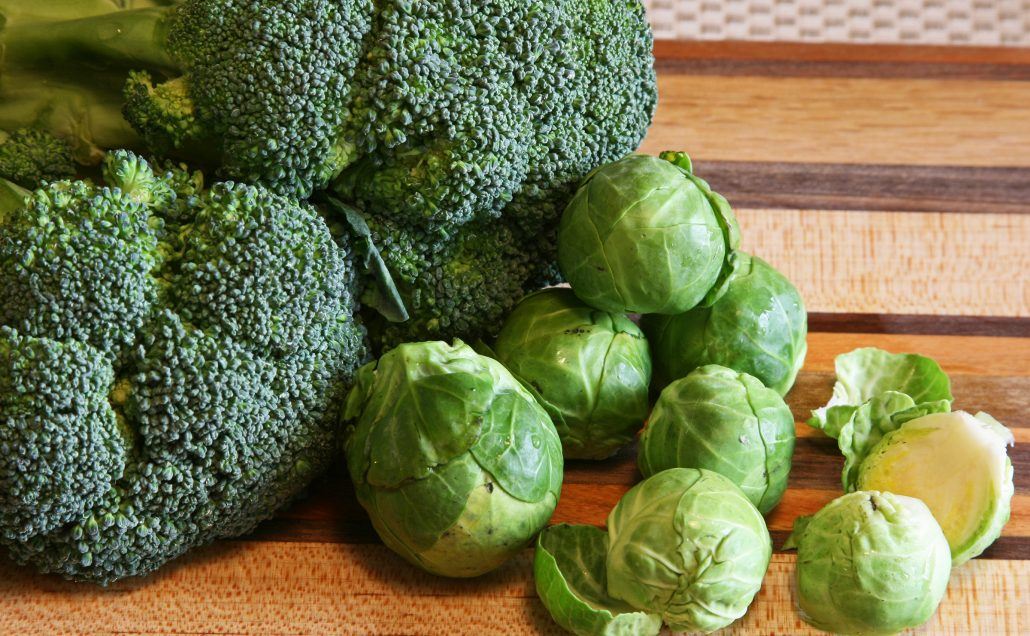Liver Detoxification Pathways

The liver is an essential organ. It plays a role in metabolism, digestion, energy storage, and hormone production. It is also the major detoxifying organ in the body.
Detoxification in the liver is broken into two categories. They are known as Phase I and Phase II liver detoxification pathways.
Phase I Liver Detoxification Pathway
Phase I liver detoxification is the first line of defense against toxins. It consists of a group of enzymes known as the cytochrome P450 family. The enzymes help neutralize substances like alcohol and caffeine. They offer protection by converting these toxins into less harmful ones.
The byproducts of Phase I liver detoxification can still pose a toxic threat to the body. If the toxins are allowed to build up and stay in the liver, they can damage DNA and proteins. It is the role of Phase II liver detoxification, to make sure that those toxins do not build up. Which provides final neutralization of the toxins so that they can be removed by the body.
Phase II Liver Detoxification Pathway
Phase II liver detoxification neutralizes the byproducts of Phase I liver detoxification and other remaining toxins. This is done by making the toxins water-soluble. That way they can be excreted from the body. This process is known as conjugation. Glutathione, sulphate, and glycine are the primary molecules responsible for this process.
Under normal conditions, Phase II liver detoxification enzymes produce low levels of glutathione. Under times of high toxic stress the body increases production of glutathione.
Glutathione
Glutathione is so important for humans, it is known as the “master antioxidant.” It is called this, because it is the most abundant antioxidant in the body and it can regenerate itself in the liver.
Glutathione is found in asparagus, avocado, spinach, broccoli, and some supplements. Sadly, food sources of glutathione are poorly absorbed into the body. Digestive enzymes can break it down before it can be absorbed. There is also no direct transport system for glutathione.
Although glutathione is poorly absorbed, diet does play a part in the body’s levels. The body needs key building blocks to manufacture glutathione. Certain foods and nutrients are known to provide them. Eating these building blocks can increase the body’s production of glutathione. These include selenium, vitamin E, cruciferous vegetables, alpha-lipoic acid, milk thistle, and cysteine.
Vitamin C
Vitamin C is also important in liver detoxification pathways. It helps protect liver detoxification enzymes, created in phase I and phase II liver detoxification pathways, from oxidative damage. Vitamin C helps protect liver tissues from oxidative damage. Some research also suggests that vitamin C may play a role in toxin removal.
Vitamin C is tightly controlled in the body. Blood levels are mainly determined by vitamin C intake and kidney regulation. Research shows that some phytochemicals may increase plasma vitamin C, even in the absence of vitamin C consumption.
Foods richest in vitamin C
- cantaloupe
- grapefruit
- honeydew
- kiwi
- mango
- oranges and other citrus fruits
- strawberries
- watermelon
Clinical Research on Increasing Glutathione Production
Scientists conducted a double-blind, placebo-controlled study on a blend of nutrients. The purpose was to determine if they promoted increases in plasma glutathione and vitamin C.
The study intervention group used a supplement provided by USANA Health Sciences. The supplement contained biotin, choline, milk thistle extract, N-acetyl L-cysteine, alpha-lipoic acid, broccoli concentrate, green tea extract, olive fruit extract, and turmeric extract.
Fifteen healthy volunteers participated in the study. Subjects were given the study treatment or placebo for 28 days. On days 1, 14, and 28, blood samples were drawn to measure plasma vitamin C and glutathione.
Study Results
- Treatment increased plasma glutathione two hours following the first treatment and significantly increased plasma glutathione eight hours after treatment.
- Plasma glutathione levels increased 74 percent by the end of the study.
- Treatment significantly increased plasma vitamin C as soon as two hours
following the first treatment. This was maintained during the entire acute phase (0-8 hour time points)
The results showed a synergistic effect of these nutrients. The treatment formula boosted both glutathione and vitamin C levels. It upregulated the body’s ability to utilize glutathione in detoxification reactions. It also increased the body’s antioxidant capacity.
A follow-up report showed that the increases in both glutathione and vitamin C have clinical benefits. Subjects taking the treatment supplement were significantly more resistant to oxidative damage than those taking the placebo.
Study Conclusion
The results back up previous research showing that some phytochemicals may increase plasma vitamin C, even in the absence of vitamin C consumption. It also offers a specific blend of ingredients that can be used to increase the body’s glutathione production.
References





